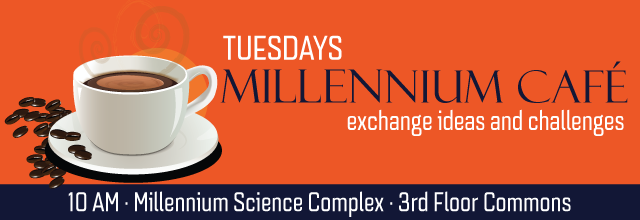
Understanding how structural materials, particularly metallic alloys, are processed and perform is one of the oldest scientific pursuits and over the past two thousand years, a tremendous amount of empirical knowledge has been developed regarding how we can make and use these materials. However, the understanding we have gained has all been gathered without the ability to ‘watch’ how these materials evolve as they are being processed and used in-service. Due to this short-coming, we still can’t precisely predict how a material will fail, leading to safety issues and economic waste. Similarly, our process of creating new alloy systems still requires a tremendous amount of old-fashioned trial-and-error. However, a new generation of X-ray techniques at synchrotrons and free electron lasers (particle accelerators) are allowing us to look inside these materials as they evolve in 3D. Combined with modern predictive modeling and machine-learning, we are on the precipice of revolutionizing how we use and design alloy systems.
